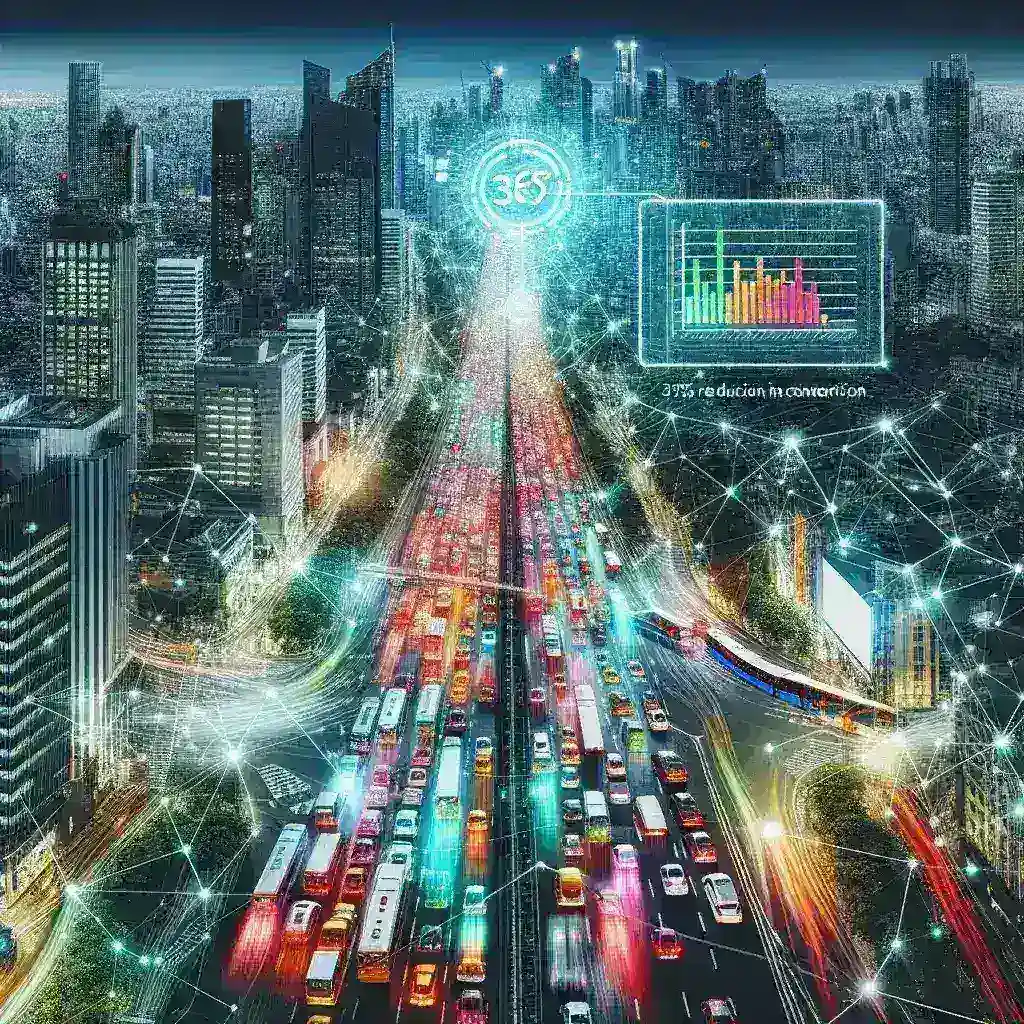Introduction
In recent years, urban congestion has become a pressing issue for cities worldwide. With increasing populations and vehicle ownership, traffic jams have become a daily reality for many commuters. However, the implementation of smart traffic management systems is revolutionizing urban transportation, achieving a remarkable 35% reduction in congestion. This article delves into the functionalities, benefits, and future prospects of these innovative systems.
Understanding Smart Traffic Management Systems
Smart traffic management systems leverage advanced technologies such as sensors, artificial intelligence (AI), and data analytics to optimize traffic flow in real-time. These systems gather data from various sources, including road sensors, cameras, and GPS devices, to understand traffic patterns and adjust accordingly. By utilizing machine learning algorithms, they can predict traffic congestion before it occurs and implement measures to alleviate it.
Key Components of Smart Traffic Management Systems
- Traffic Sensors: These devices monitor vehicle counts, speeds, and types on roads, providing critical data for analysis.
- Adaptive Signal Control: Traffic lights that adjust their timings based on real-time traffic conditions help to reduce wait times.
- Incident Detection: Systems that identify accidents or unusual delays enable quicker response times from emergency services.
- Data Analytics: Advanced algorithms analyze data trends to predict congestion and recommend traffic management strategies.
The Impact of Smart Traffic Management on Urban Congestion
Statistical Evidence
A comprehensive study indicates that cities implementing smart traffic management systems have reported an average reduction of 35% in urban congestion. For instance, a notable case study from San Francisco showed that after the deployment of a smart traffic system, average commute times decreased significantly, leading to improved productivity and reduced stress for commuters.
Environmental Benefits
Reducing congestion not only improves traffic flow but also has substantial environmental benefits. Fewer idling vehicles lead to a decrease in greenhouse gas emissions. A smarter traffic management approach has been linked to a reduction in air pollution levels, contributing to healthier urban environments.
Challenges in Implementing Smart Traffic Systems
Infrastructure and Costs
Despite the numerous benefits, the implementation of smart traffic management systems is not without challenges. Initial setup costs can be significant, with expenses related to installing sensors, software development, and maintenance. Additionally, cities with outdated infrastructure may struggle to integrate advanced technologies.
Data Privacy Concerns
The collection of real-time data raises concerns regarding privacy and data security. It is crucial for city planners and developers to ensure that data handling practices comply with regulations and protect citizens’ privacy.
Case Studies: Successful Implementation
Barcelona, Spain
Barcelona has emerged as a leader in smart traffic management. By utilizing a combination of data analytics and real-time monitoring, they have successfully reduced congestion levels by over 30% in high-traffic areas, improving overall urban mobility.
Singapore
Singapore’s advanced traffic management system is another prime example. Through the use of AI and real-time data, the city has managed to reduce travel times significantly and enhance public transport efficiency. These advancements have positioned Singapore as a model for other cities worldwide.
The Future of Urban Traffic Management
Integration with Autonomous Vehicles
As technology evolves, the integration of smart traffic management systems with autonomous vehicles seems promising. The synergy between these two innovations could lead to even greater reductions in congestion and enhancements in road safety.
Smart City Initiatives
Many cities worldwide are adopting smart city initiatives that prioritize sustainable transportation and efficient traffic management. By investing in technology and infrastructure, urban areas can create safer, more accessible, and congestion-free environments for all residents.
Conclusion
The advent of smart traffic management systems marks a significant shift towards solving urban congestion issues. With a proven 35% reduction in congestion, these systems not only enhance traffic flow but also contribute to environmental sustainability and improved quality of life. As cities continue to embrace these technologies, the future of urban transportation appears to be brighter and more efficient.

Leave a Reply